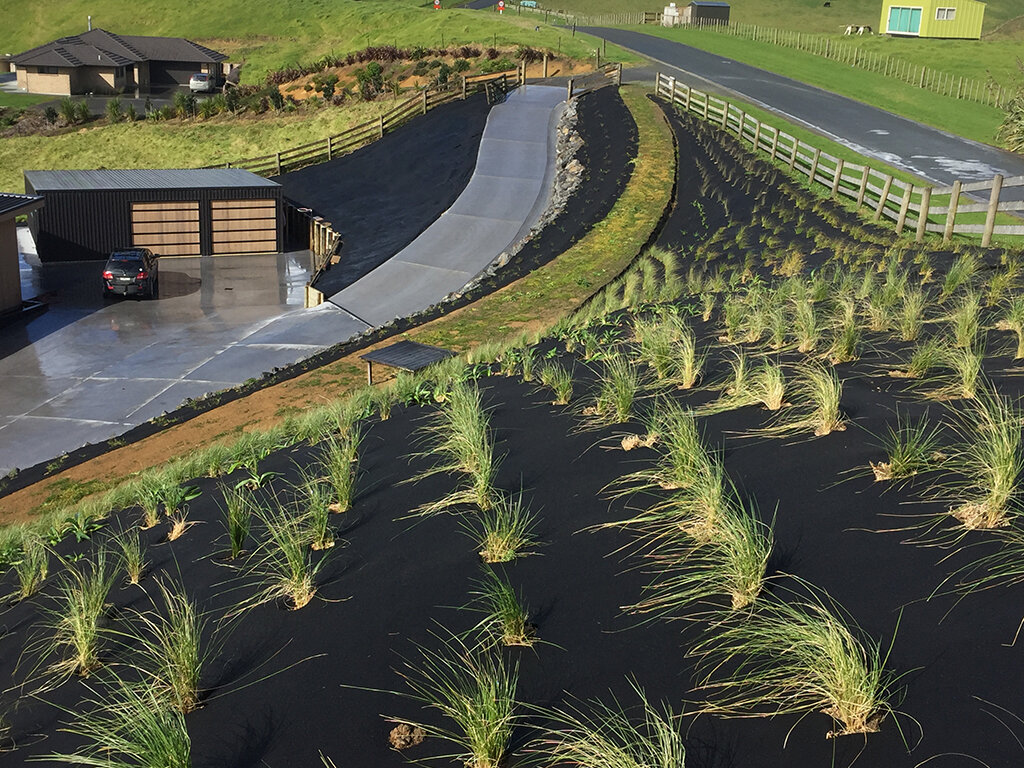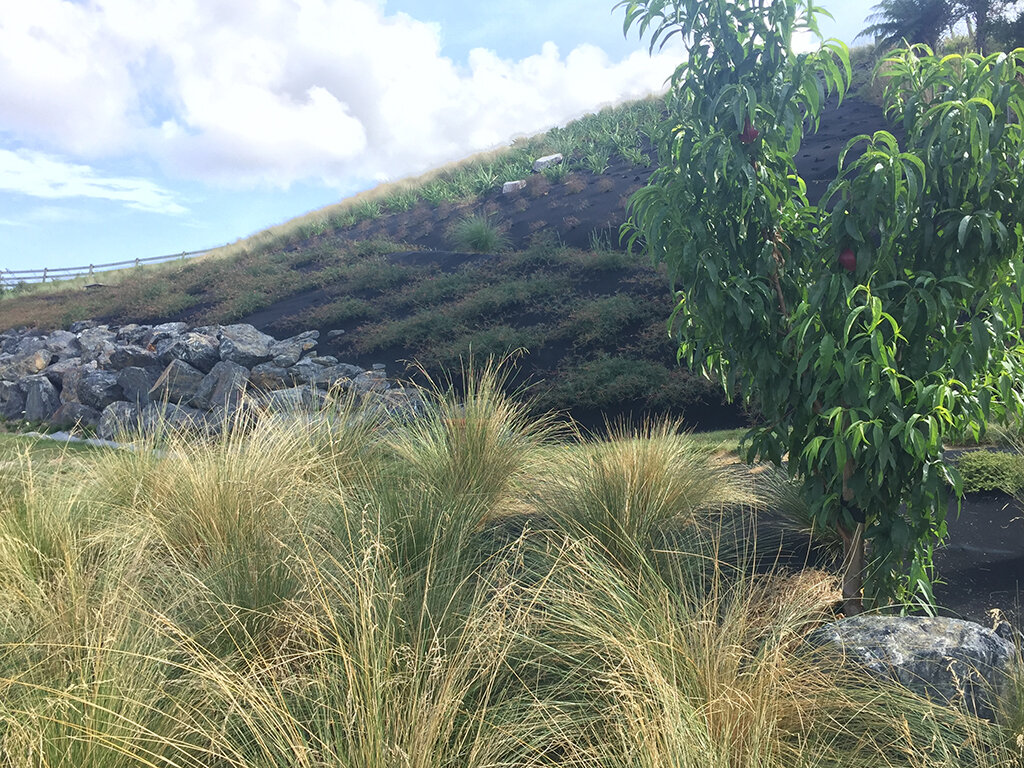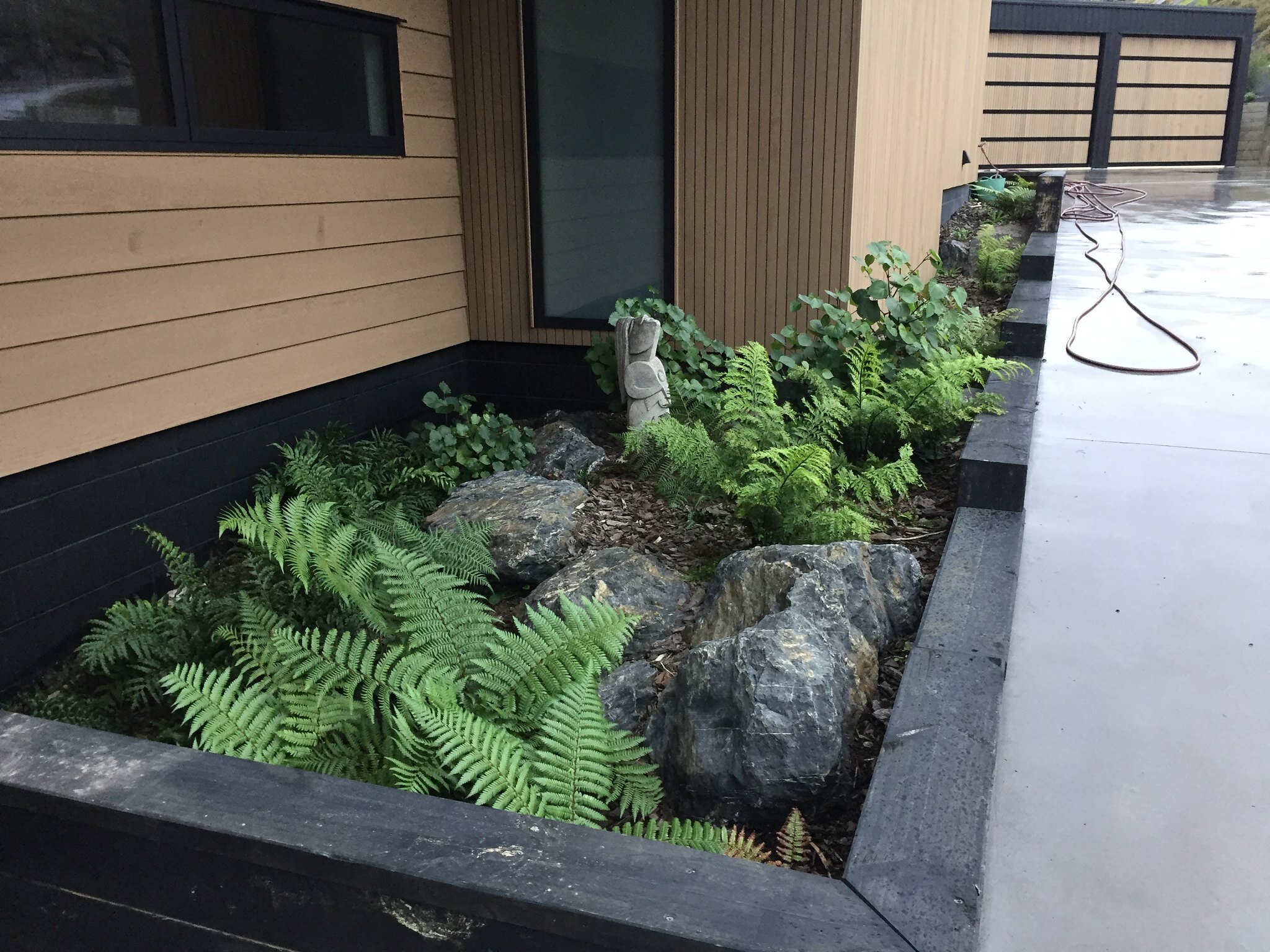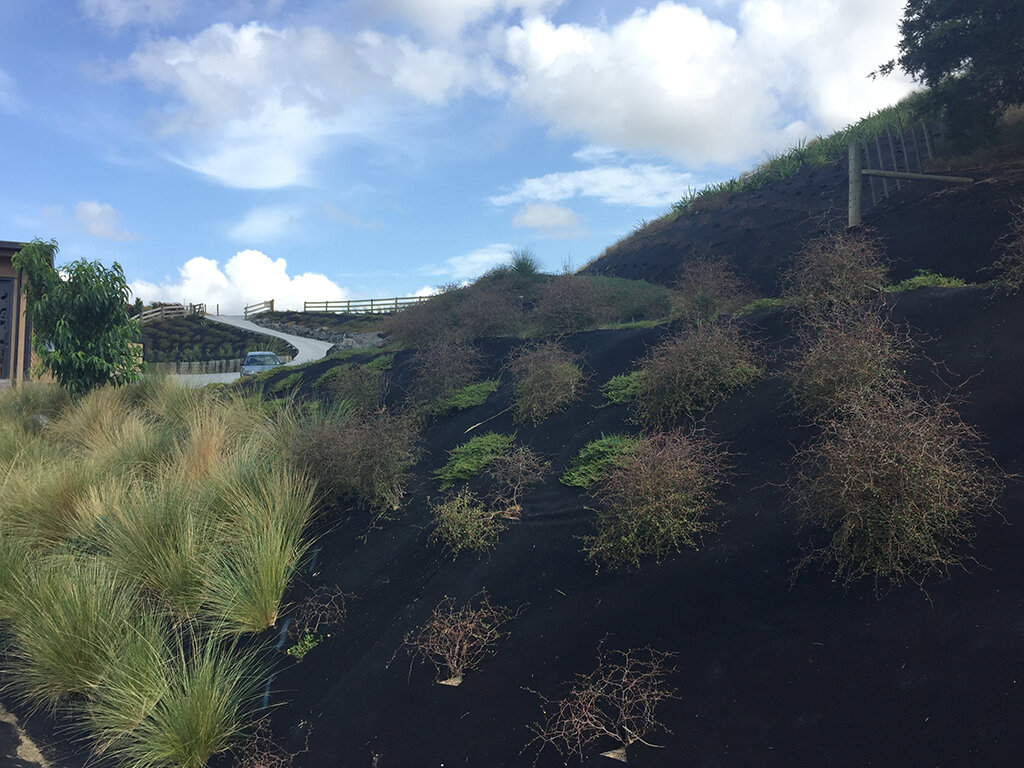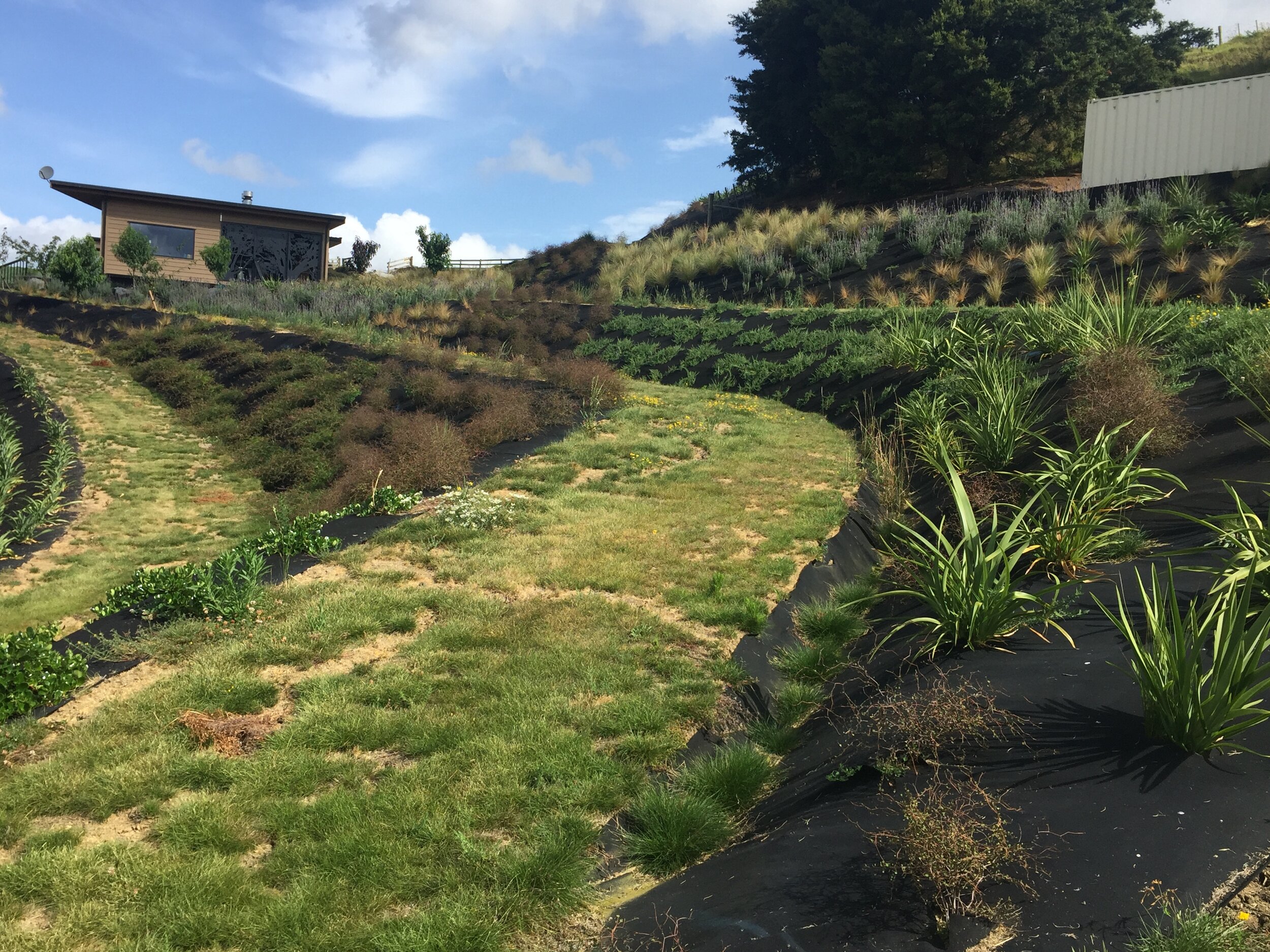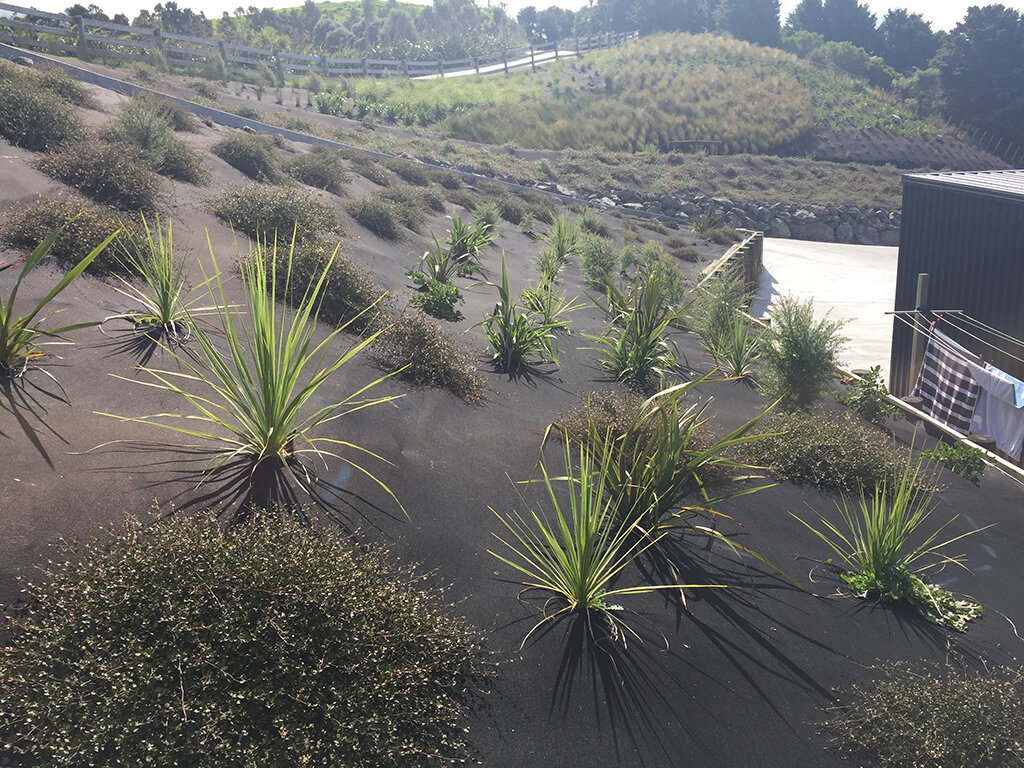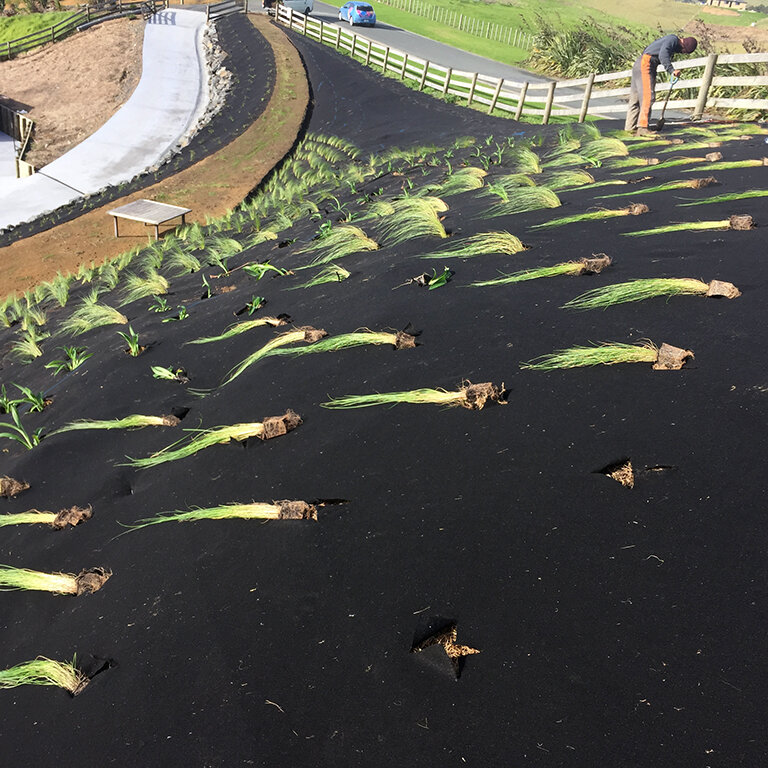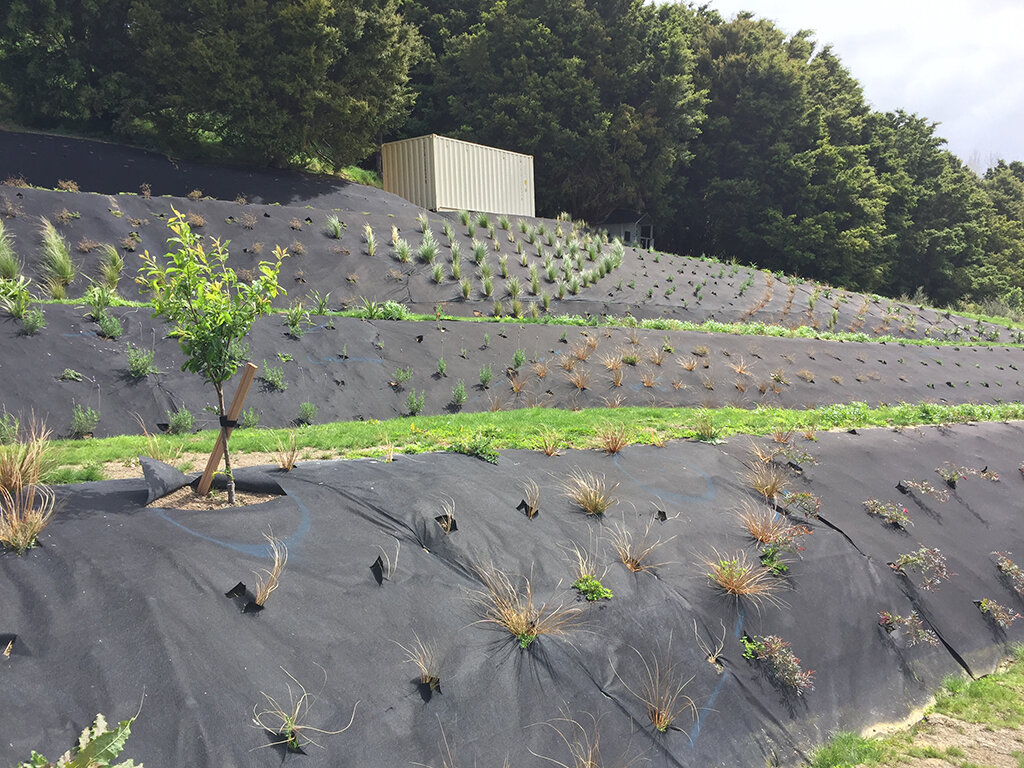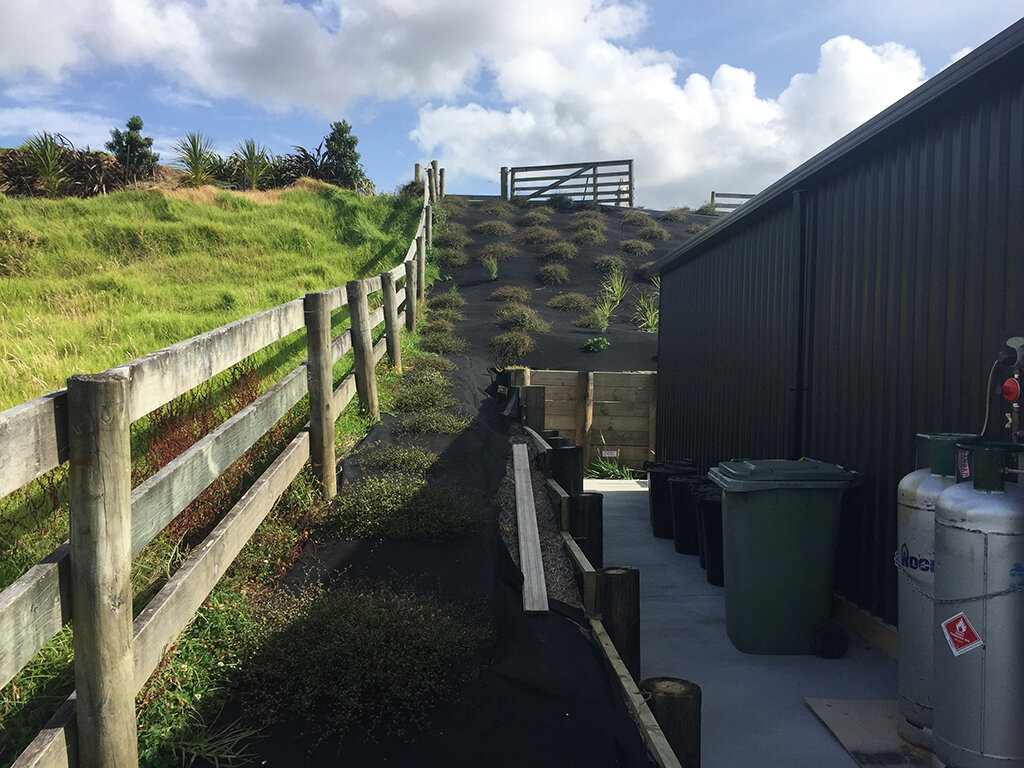Talking hillsides
I like hills, steep slopes, hard to maintain banks. They give room for solutions that otherwise is an eyesore or frustrating area. When I approach hillsides & steep contour properties I first try to see a pattern of where access will most likely work. I like access to be part of the pattern & often animals can path the way as they walk the easiest routes on contour.
Sheep always walk along contour when it is steep & that is when you see lines going across hillsides. It is a lot easier to gradually make your way down a hill than to go straight down as you could potentially break your ankle. This is the same approach that needs to be taken when dealing with hillsides.
People are reluctant to get in a digger to do some earthworks but it is always my first call. Get in a digger for efficiency of time which is money saved & money well spent. A digger can carve tracks & form some definitive access throughout the hillside, be it terraces or Z passes. (See examples drawn above). I will always hire a digger contractor to shape the hillsides into usable slopes before any planting preparations are done. The first step is to define access & walking tracks (this will become the journey you will take when walking your land). Once the walking/access paths are cut out, the planting beds/banks are then outlined.
The next step is to spray out & cut down any dead grass as close to the bare earth as possible with a weed eater. The spraying can be done prior to earthworks as well. If you are dealing with kikuyu, a second follow up spray will be necessary. Kikuyu is our (Northland’s) worst weed & this is best practise to eradicate it. You will need to plant less vigorous/hungry varieties as ground cover hence less maintenance. I will be repeating this a lot in my newsletters!
At this stage in the project, the land should have been sprayed out (dead) & cut down as close as possible. We integrate fruit tree positions into the design. We use top soil that has come from carving out the access ways. If topsoil is scarce, you’ll have to source some. A digger can help with this process to get the soil in the right places without too much effort. Once the tree positions have been established with the topsoil, the area can then get matted. We use a type of black felt matting that allows water to penetrate whilst weeds get suppressed. This mat also adds reinforcement to the bank as well which is a major bonus. Ground staples are used to hold it in place. Now, we would say, ‘the ground is prepped’.
The new hillside is now a blank canvas & ready to be planted into with ground cover species that are fast, tough & can cope with poor soils, which is often the case on slopes. The ground cover plants are then planted through the mat. Fruit trees can be planted, staked, tied, labelled & mapped. The project is now completed. Done once & done right, no more spraying & very limited weeding. Sometimes the hedge trimmer needs to be used on a yearly basis to control some of the ground covers but depends on the species used.
I will mention some species we use with success in a later edition.
Next time we talk…………… Landscaping a small section in Suburbia!!!
Benji and Laura


